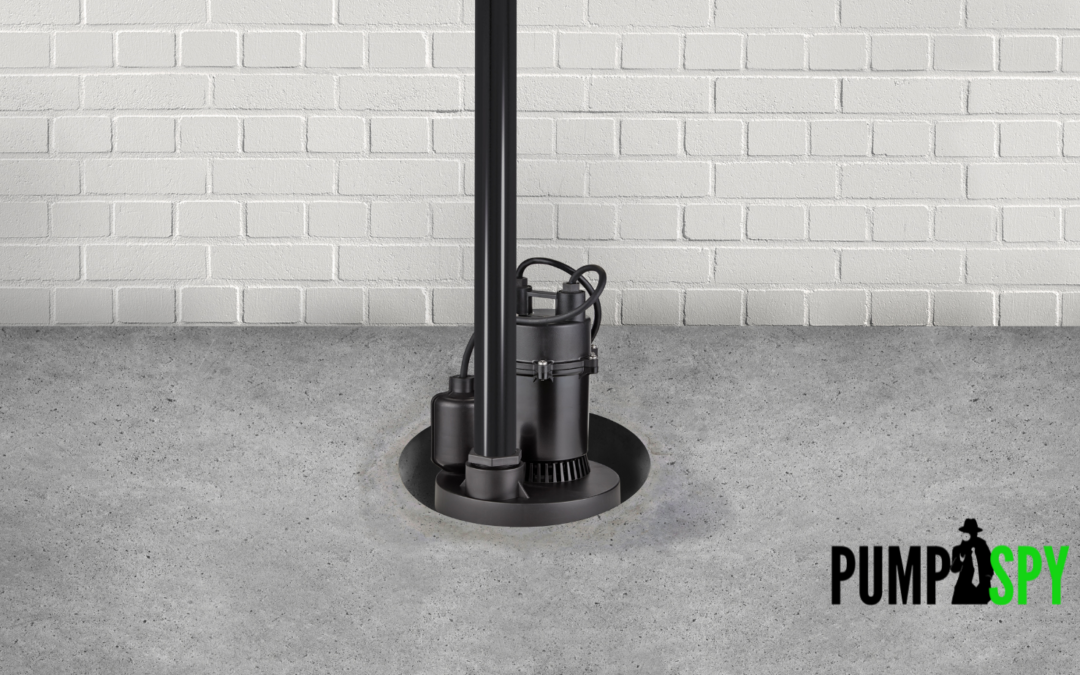A sump pit is a vital part of your home’s flood prevention system, and its placement can make all the difference in protecting your property from water damage. Most commonly, sump pits are installed in basements because these are the areas most susceptible to flooding. However, sump pits can also be placed in crawl spaces or utility rooms, especially in homes without basements.
When choosing a location for a sump pit, it’s essential to place it at the lowest point of your foundation. Water naturally flows to the lowest part of your home, so positioning the sump pit here allows for the most efficient collection and drainage of water. Additionally, ensure the pit is easily accessible for maintenance and repairs but out of the way to avoid obstructing the living space.
Another consideration is proximity to an exterior wall. Sump pits are often located near exterior walls because it simplifies the installation of drainage pipes that direct water away from your home. Ideally, the sump pit should also be near a power outlet for the sump pump to function properly, especially if you are using a system like PumpSpy’s Backup Sump Pump System for added flood protection.
Regardless of where you choose to install your sump pit, combining it with a PumpSpy product that includes monitoring will ensure you’re always informed about the status of your pump. This helps protect your home from flooding, no matter where water might be entering.

